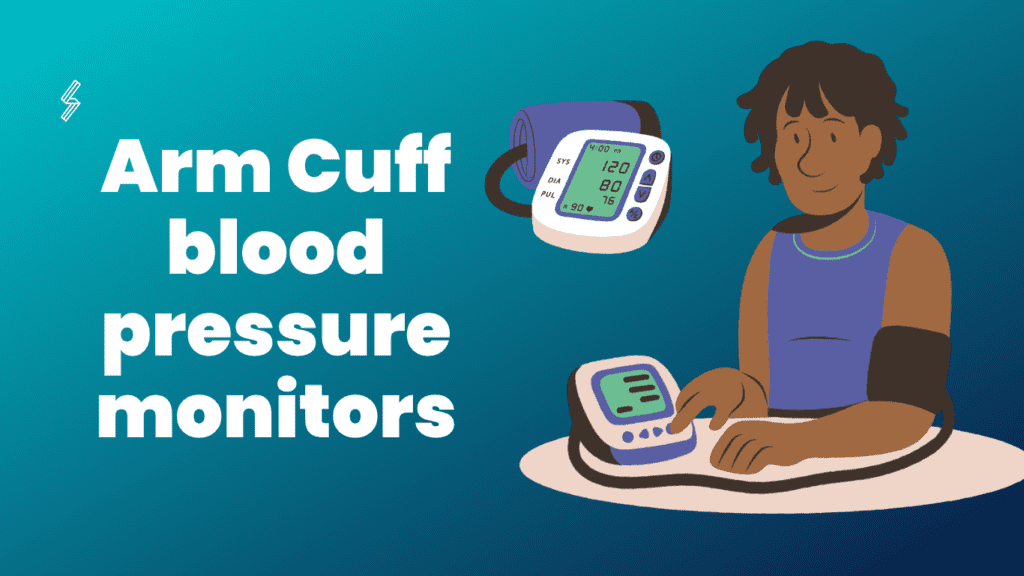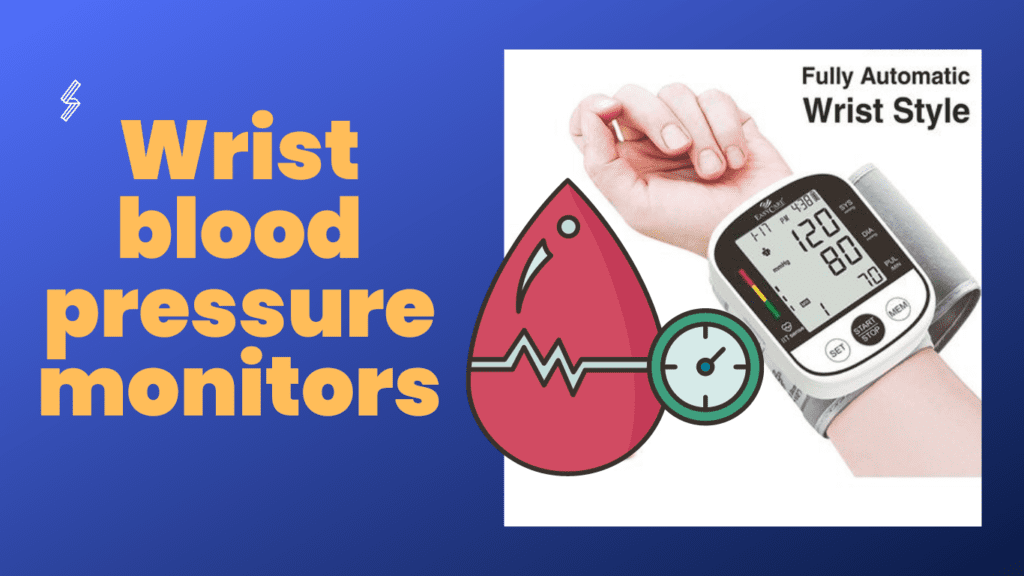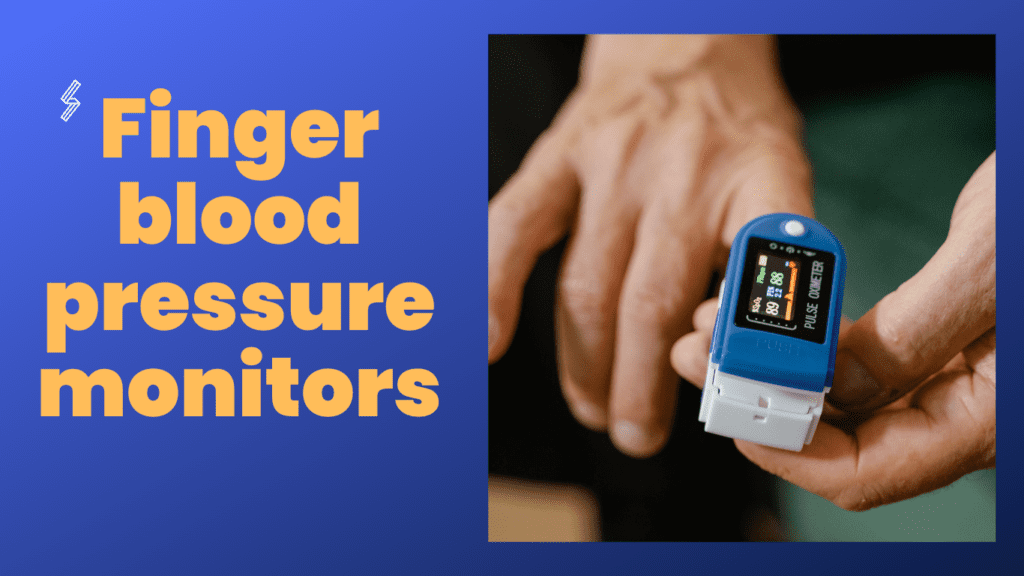Millions of people worldwide are impacted by high blood pressure,Home blood pressure monitors are medical devices that allow individuals to measure their blood pressure levels from the comfort of their own homes. These monitors are designed to provide accurate and reliable readings, similar to those obtained in a doctor’s office. They come in various types and sizes, but most consist of an inflatable cuff that wraps around the upper arm and a gauge that displays the readings.
Benefits of using a home blood pressure monitor
The benefits of using a home blood pressure monitor are numerous. Firstly, it can help individuals track their blood pressure levels regularly and identify any patterns or trends. This can be especially useful for people with high blood pressure or other cardiovascular conditions, as monitoring blood pressure levels regularly can help prevent serious health complications. Secondly, using a home blood pressure monitor can help individuals better manage their blood pressure levels by identifying triggers that cause spikes in blood pressure. This information can be used to make lifestyle changes or take medication as prescribed by a doctor. Thirdly, home blood pressure monitors can help reduce the number of visits to the doctor’s office, as individuals can monitor their blood pressure levels at home and share the results with their doctor during routine check-ups.
In this article, we will be discussing the salient features of home blood pressure monitors and how they can help you keep your blood pressure under control https://youtu.be/MZPjQ6xmGX4
.
1. What are home blood pressure monitors?
Home blood pressure monitors are devices that allow you to check your blood pressure at home. They are portable and easy to use, and they can help you keep track of your blood pressure regularly. Home blood pressure monitors are also known as sphygmomanometers, and they come in various types.
2. Types of home blood pressure monitors
There are three types of home blood pressure monitors: arm cuff monitors, wrist monitors, and finger monitors.
Arm cuff monitors
Arm cuff monitors are the most common type of home blood pressure monitors. Home blood pressure monitors include an inflatable cuff that envelops the upper arm and a display gauge that exhibits the blood pressure measurements.. Arm cuff monitors are easy to use and provide accurate readings.

Wrist monitors
Wrist monitors are another type of home blood pressure monitor. They are smaller than arm cuff monitors and are worn on your wrist like a watch. Wrist monitors are more portable than arm cuff monitors, but they are not as accurate

Finger monitors
Finger monitors are the smallest type of home blood pressure monitor. They are worn on your finger like a ring and are the least accurate type of monitor. Finger monitors are also not recommended for people with large fingers or arthritis.

3. Accuracy of home blood pressure monitors
The accuracy of home blood pressure monitors can vary depending on the type and model. Arm cuff monitors are generally the most accurate type of monitor, followed by wrist monitors and finger monitors. However, the accuracy of your readings also depends on how well you use the monitor.
4. Features of home blood pressure monitors
Home blood pressure monitors come with various features that can help you keep track of your blood pressure readings more effectively.
Memory storage
Many home blood pressure monitors come with memory storage that allows you to save your blood pressure readings. This feature is useful for tracking your blood pressure over time and identifying any patterns or trends.
Averaging readings
Some home blood pressure monitors can average your blood pressure readings over a specific period, such as a week or a month. This feature can provide a more accurate picture of your blood pressure over time.
Large displays
Home blood pressure monitors with large displays are easier to read, especially for people with visual impairments. A large display can also help you read your blood pressure readings more accurately.
Irregular heartbeat detection
Some home blood pressure monitors can detect irregular heartbeats, which can be a sign of a more serious health condition. This feature can alert you
Conclusion
Home blood pressure monitors are a valuable tool for anyone who wants to keep track of their blood pressure regularly. They are easy to use, portable, and provide accurate readings. Home blood pressure monitors come with various features that can help you track your blood pressure over time and identify any patterns or trends. When buying a home blood pressure monitor, it’s essential to consider factors like accuracy, type, and features.
FAQs
Can home blood pressure monitors replace doctor visits?
No, home blood pressure monitors cannot replace doctor visits, but they can help you track your blood pressure between doctor visits.
Are wrist monitors as accurate as arm cuff monitors?
Wrist monitors are less accurate than arm cuff monitors, but they are more portable and easier to use.
How often should I check my blood pressure?
It’s recommended to check your blood pressure at least once a day at the same time every day.
Are finger monitors recommended for everyone?
No, finger monitors are not recommended for everyone, especially people with large fingers or arthritis.
How do I ensure accurate readings?
To ensure accurate readings, it’s essential to follow the instructions that come with your home blood pressure monitor and take multiple readings at different times.
Hello there, Youu have dokne an incredible job.
I will certainly digg it andd personallly recommend tto
mmy friends. I am confident thery will bbe benefrited frrom this site.